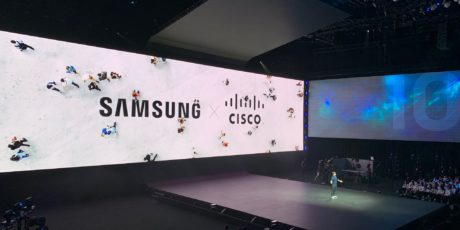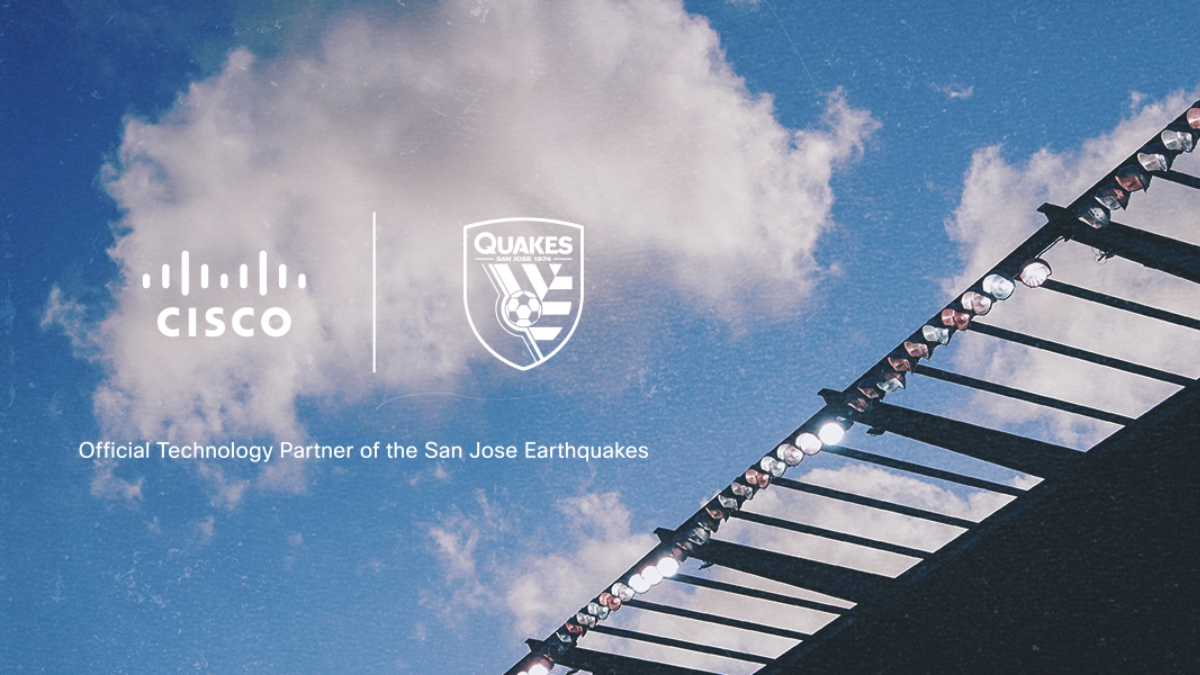Guest post by: Dan Tynan
Wi-Fi signals are unruly beasts. Move a few feet to your left or your right, and the connection can change in an instant. While it’s getting increasingly rare to experience web pages that refuse to load and VoIP calls that sound like they're coming from inside your dishwasher, these things still occasionally happen.
They will happen even less when the new Wi-Fi 6 standard (also known as 802.11ax) rolls out. It has several features designed to combat network congestion and poor connectivity, says Sudhir Jain, distinguished engineer for Cisco.
"Wi-Fi 6 is bringing cellular-type reliability to Wi-Fi radios," says Jain. "For example, you can schedule both uplink and downlink to the client, or talk to multiple devices at the same time." These are both characteristics of existing LTE (cellular) connections.
See also: Collaboration goes futuristic with Wi-Fi 6
But you never truly know how well these features will work until you test them in the wild. So when Cisco began incorporating the new standard into its upcoming generation of networking gear, it joined with the world's No. 1 handset maker, Samsung, to form a clandestine testing partnership.

"You not only get the network view, you also get the end-user device view," MacPherson explains. "And when it comes to RF, that view can be quite different."
The secret sharers
From the start, it was an undercover operation.
Testing began before products hit the market, and well before Wi-Fi Certified 6-- an upcoming certification program from Wi-Fi Alliance --was officially unveiled. Samsung provided Cisco with 170 Galaxy S9 handsets modified with Wi-Fi 6 chipsets from the yet-to-be-released Galaxy S10.
After extensive testing on both companies' campuses, Cisco quietly set up beta Wi-Fi 6 networks at John Wayne Airport in Orange County, California; at the headquarters of Boingo Wireless in Los Angeles; and on the Duke University campus in Durham, North Carolina.
"These public venues have a lot of guests, a lot of traffic, and high density," MacPherson adds. "We were targeting trials that were very challenging from an RF standpoint, so we could experience some of the improvements of Wi-Fi 6."
See also: The story behind Cisco's Catalyst 9000 series
Cisco handed the phones to the operations people at each site, asked them to put both the network and handsets through their paces, and provide feedback on their experiences.
Early field trials like these benefit everyone, says MacPherson.
"They get to experience the latest generation of the technology, and we get an agile environment where we can test in different RF conditions," he says. "Duke is quite a different environment than an airport, and something like Boingo headquarters is going to be different again."
The early testing paid off. By sharing equipment and engineering resources with Samsung, the joint Wi-Fi 6 test team identified more than 60 areas where the specifications could be clarified, bugs could be addressed, and performance maximized.
"Wi-Fi 6 is considerably enhanced from previous generations, and whenever you have big changes in a specification there are a lot of gray areas for interpreting and implementing it," he says. "You want to do it in a way that's consistent on both the network side and on the device. Doing that preliminary work with Wi-Fi 6 helped us come out with a solution we knew would be very solid."
Making Wi-Fi better
Jong-Mu Choi, principal software engineer for Samsung Electronics, says the partnership was equally beneficial for his company.
"At Samsung, engineers tend to focus on the client side," he says. "But by closely collaborating with Cisco, we are now aware of pain points and difficulties on access points as well. Working with our counterparts helped us understand how to enhance our devices and deliver more benefits to our customers."
The collaboration helps in two ways, adds Jain. One is to ensure that the new devices work as intended. The other is to look beyond the standard to find other ways to make both network and end user devices better.
For example, the partnership also worked Cisco initiatives like Open Roaming, which makes switching between public Wi-Fi networks as seamless as hand-offs between mobile carriers. Samsung first demonstrated that capability on its phones at the 2019 Mobile World Congress in Barcelona.
And it included Assurance Analytics, which assesses whether the network is delivering what the client device expected. Extending analytics to the handset makes network problems much easier to troubleshoot.
Cisco might not have gleaned such insights if it didn't have such direct access to Samsung's technology, adds MacPherson.
"Over the last year we've established a really phenomenal trust relationship with Samsung," he says. "Our engineers and their engineers were rubbing shoulders, along with the developers and the test guys. Together, we've done something that will help improve the entire industry and make Wi-Fi better for everyone."
###
We welcome the re-use, republication, and distribution of "The Network" content. Please credit us with the following information: Used with the permission of http://thenetwork.cisco.com/.



